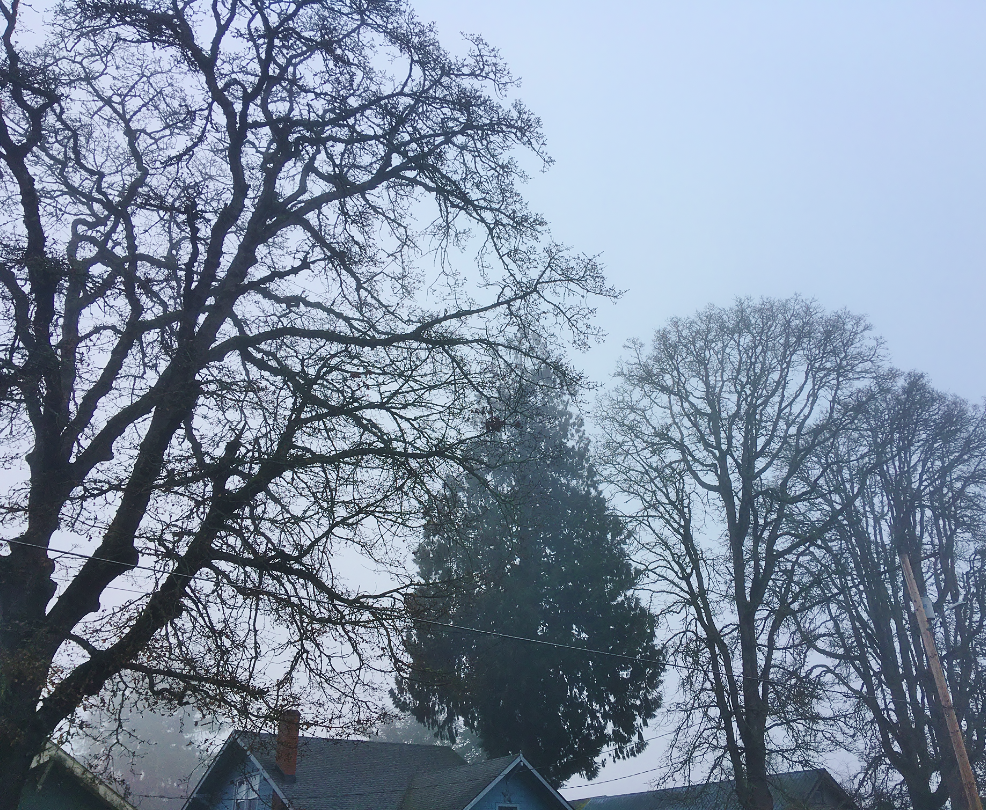Good-bye to the Wildland Urban Interface Code – For a While
Charlotte Persons
Readers of The Echo know that environmentalists have been working to improve the Wildland Urban Interface Code since last summer. We were overjoyed when on March 15, 2024, Governor Inslee signed into law ESB 6120.
The law passed without a single dissenting vote in any committee or in the House or Senate. There were almost two hundred comments, including from 47 organizations, and the comments were 98% positive. Washington state departments and groups representing environmentalists, builders, cities, and counties all supported the bill.
ESB 6120 requires property owners to use ignition-resistant materials and methods for new and existing residences in the two highest hazard areas for wildfire. However, there are no requirements for defensible spaces. In other words, home owners will not be required to cut down trees around their property.
The Washington Department of Natural Resources must create two new maps, a wildfire risk map and a wildfire hazard map (unfortunately there is no deadline). The State Building Code Council (SBCC) can write new WUI codes only after the new WA DNR maps have been published.
As a result, on March 15, the date that the 2021 WUI Code Amendments were to go into effect, the SBCC voted to delete the WUI Code.
Effects of ESB 6120
No WUI code will exist for at least a year or two at the state level. Local jurisdictions’ websites on the code must be taken down, and references to the code must be removed from local tree ordinances.
However, local jurisdictions are always free to adopt, at any time, stricter WUI requirements than ESB 6120 as long as they use the International Building Code as a model. In fact, in the last few years four counties in Eastern Washington have already adopted the WUI chapters of the IBC in their entirety, including defensible space requirements.
ESB 6120 provides other flexibility:
- Because of references to Chapter 1 of the International Building Code, local jurisdictions can opt not to enforce the WUI requirements for EXISTING homes.
- Local jurisdictions can create their own maps if they use the same methods as the new WA DNR hazard map.
Next Steps for the BHAS Conservation Committee
Environmentalists will have to be vigilant in the next two years as WA DNR creates the new maps and the SBCC writes new codes for ESB 6120. After the new WUIC codes are in effect, we will want to give input to local jurisdictions when they decide whether to exempt existing housing and whether to create local WUI hazard maps.
Unfortunately, there may be more immediate work to do starting THIS FALL during the next state legislature’s pre-session. In spite of widespread consensus across the state in support of ESB 6120, some members of the SBCC believe that the legislature was mistaken in over-riding the 2021 WUI Code Amendments. The SBCC decided at their March 15 meeting that they will propose their own WUI law during the 2025 state legislative session.
Background on WUI
The defensible space requirements in the 2021 WUI Code Amendments were the reason that so many groups and Washington state departments opposed that code. To create defensible space homeowners would have had to remove most trees within 30, 50 or 100 feet of the house, depending on the slope of the land and proximity to dense vegetation of any kind, from grass to forests.
Many counties and cities across the state in their Community Wildfire Plans RECOMMEND removing trees around homes near forests. The difference was that the WUI code would have REQUIRED cutting trees around homes and regardless of proximity to forests.
WA DNR’s map for the WUI code magnified the amount of the tree removal. The map applied the code to 70% of Washington because it was based on population density and proximity to cities and not actual wildfire risk. This tree removal would have conflicted with seven state environmental laws, including shoreline and critical area protections. It would also conflict with many cities’ and counties’ codes for tree protection, often tied to climate change mitigation.
Most important, recent wildfire science studies conclude that defensible space has made little or no difference in protecting homes in actual wildfires in Colorado, California, Oregon, and Washington. All agree that the best protection for homes is using ignition-resistant materials and methods—just as ESB 6120 requires.
Photo credit: Neighborhood Trees in the Mist, by Rachel Hudson.








